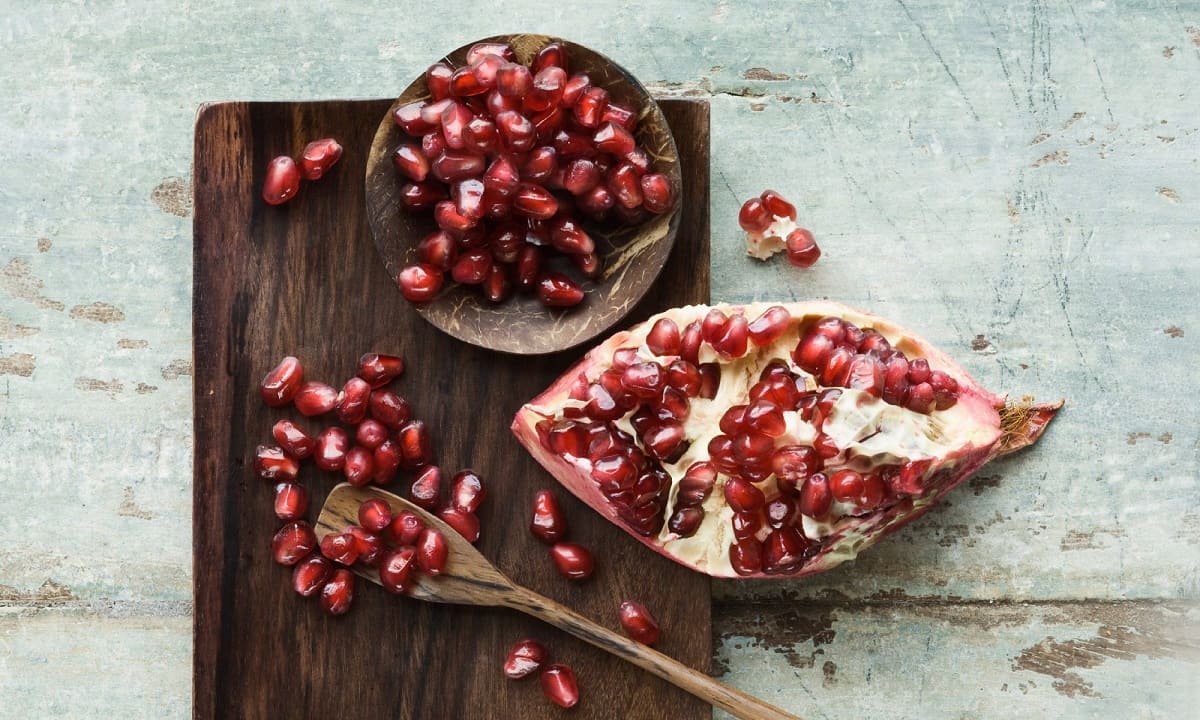

Articles
How To Store Pomegranate Seeds For Long Time
Modified: February 25, 2024
Learn how to store pomegranate seeds for a long time with these helpful articles. Keep your favorite fruit fresh and delicious for future use.
(Many of the links in this article redirect to a specific reviewed product. Your purchase of these products through affiliate links helps to generate commission for Storables.com, at no extra cost. Learn more)
Introduction
Storing pomegranate seeds for an extended period of time is a great way to enjoy this nutritious fruit all year round. Pomegranates are not only delicious but also packed with vitamins, antioxidants, and other health benefits. However, pomegranates have a relatively short shelf life, and if not properly stored, their seeds can spoil quickly.
But fear not! In this article, we will explore different methods to store pomegranate seeds for a longer time, allowing you to savor their juicy goodness whenever you crave it. Whether you want to freeze, dry, can, or preserve them in syrup, we’ve got you covered.
Before we dive into the various techniques, let’s first understand why storing pomegranate seeds is essential.
Key Takeaways:
- Enjoy pomegranate seeds year-round by freezing, drying, canning, or preserving in syrup. Maximize their flavor and nutritional benefits with proper storage techniques and selection of ripe pomegranates.
- Extend the lifespan of pomegranates by storing their seeds. Choose ripe pomegranates, follow proper harvesting and storage methods, and enjoy the versatility of pomegranate seeds in various dishes.
Read more: How Long Can You Keep Pomegranate Seeds
Importance of Storing Pomegranate Seeds
Storing pomegranate seeds is crucial for several reasons. First and foremost, pomegranates have a relatively short season, typically running from late summer to early winter depending on your region. By properly storing the seeds, you can extend the lifespan of this delicious fruit and enjoy its unique flavor throughout the year.
Pomegranate seeds are not only a tasty snack but also a versatile ingredient in various dishes. They add a burst of color and tangy sweetness to salads, desserts, smoothies, and savory dishes. Having pomegranate seeds on hand at all times allows you to explore the culinary possibilities and enhance the flavors of your favorite recipes.
Furthermore, pomegranate seeds are rich in antioxidants, vitamins, and dietary fiber. Antioxidants help protect the body against free radicals, reducing the risk of chronic diseases. Vitamins, such as vitamin C and K, boost immunity and improve overall health. The fiber content aids digestion and contributes to a healthy gut.
By storing pomegranate seeds, you can take advantage of these nutritional benefits even when the fruit is out of season. Additionally, buying pomegranates in bulk and preserving the seeds can be a cost-effective way to enjoy this superfood without breaking the bank.
Now that we understand the significance of storing pomegranate seeds, let’s move on to the next step: selecting the right pomegranates for storage.
Choosing the Right Pomegranates for Storage
Selecting the right pomegranates is crucial to ensure the quality and longevity of the stored seeds. Here are some tips to help you choose the best pomegranates for storage:
- Look for ripe pomegranates: Choose pomegranates that are fully ripe and have a deep color. The skin should be firm and glossy, without any blemishes or soft spots. Ripe pomegranates will have a sweet and juicy flavor, making them ideal for storage.
- Consider the fruit weight: Heavier pomegranates typically indicate plump and juicy seeds. When selecting pomegranates, hold them in your hand and choose the ones that feel heavier for their size.
- Check the surface texture: The skin of a ripe pomegranate should have a smooth and unblemished texture. Avoid pomegranates with wrinkled or cracked skin, as they may indicate older or damaged fruit.
- Listen for a metallic sound: Gently tap the pomegranate with your fingers. A ripe pomegranate will make a metallic sound, similar to tapping a metal spoon against a glass.
- Avoid mold or rot: Inspect the stem end of the pomegranate for any signs of mold or rot. If you notice any discoloration or unpleasant odor, it’s best to choose a different pomegranate.
Remember, choosing high-quality pomegranates is the foundation for successful storage. By starting with ripe and healthy fruit, you are setting yourself up for delicious and long-lasting pomegranate seeds.
Now that you know how to select the right pomegranates, let’s move on to the next step: harvesting and preparing the pomegranate seeds for storage.
Harvesting and Preparing Pomegranate Seeds
Harvesting and preparing pomegranate seeds is an important step in the storage process. Follow these steps to ensure you extract the seeds properly:
- Choose ripe pomegranates: Select fully ripe pomegranates that meet the criteria mentioned earlier. Ripe pomegranates will yield seeds that are juicy and bursting with flavor.
- Wash the pomegranates: Before cutting into the pomegranates, wash them thoroughly under cold water to remove any dirt or debris from the skin. Pat them dry with a clean towel.
- Score the skin: Use a sharp knife to score the skin of the pomegranates all the way around, making shallow cuts. This will allow for easier removal of the peel and reveal the inner seeds.
- Break the pomegranates apart: Hold the scored pomegranate in both hands and gently pull it apart into two halves. If necessary, use your knife to assist in breaking the fruit apart.
- Extract the seeds: Hold one half of the pomegranate over a clean bowl, seed side down. Use your fingers to gently tap the back of the pomegranate, allowing the seeds to fall into the bowl. Repeat with the other half.
- Remove any pith: After extracting the seeds, check for any remaining pith or membrane. Use your fingers or a spoon to remove any unwanted pieces, ensuring you have only the edible seeds left.
Once you have harvested the pomegranate seeds and eliminated any unwanted parts, you are now ready to choose a storage method. In the following sections, we will explore four different techniques to store pomegranate seeds: freezing, drying, canning, and preserving in syrup.
Let’s begin with the first method: freezing pomegranate seeds.
Method 1: Freezing Pomegranate Seeds
Freezing pomegranate seeds is a simple and effective method to preserve their freshness and taste. Here’s how you can freeze pomegranate seeds:
- Prepare the seeds: Make sure the pomegranate seeds are clean and dry. Spread them out on a baking sheet lined with parchment paper, ensuring they are in a single layer and not clumped together.
- Flash-freeze the seeds: Place the baking sheet with the seeds in the freezer and let them freeze for about 2-3 hours, or until they are firm and no longer sticky. This process, known as flash freezing, prevents the seeds from sticking together.
- Transfer to a container: Once the seeds are frozen, remove the baking sheet from the freezer. Carefully transfer the frozen seeds into an airtight container or freezer bag.
- Label and store: Label the container with the date and contents, then place it back in the freezer. The pomegranate seeds can be stored in the freezer for up to 6 months.
- Thaw and use: When you’re ready to use the frozen pomegranate seeds, simply remove the desired amount from the freezer and thaw them in the refrigerator for a few hours or overnight. Avoid thawing them at room temperature, as this can result in a loss of texture and flavor.
Frozen pomegranate seeds can be used in smoothies, salads, desserts, or enjoyed as a delicious snack. They retain much of their taste and texture when properly thawed, making them a convenient option for year-round enjoyment.
Now that you know how to freeze pomegranate seeds, let’s move on to the next method: drying pomegranate seeds.
Store pomegranate seeds in an airtight container in the refrigerator for up to 5 days, or freeze them in a single layer on a baking sheet before transferring to a freezer bag for long-term storage.
Read more: How Many Pomegranate Seeds In A Pomegranate
Method 2: Drying Pomegranate Seeds
Drying pomegranate seeds is an excellent way to preserve them for longer periods without the need for freezing or refrigeration. Follow these steps to dry your pomegranate seeds:
- Prepare the seeds: Ensure that the pomegranate seeds are clean and dry. Lay them out on a clean, dry towel or parchment paper to remove any excess moisture.
- Choose a drying method: There are a few methods you can use to dry pomegranate seeds. One option is air-drying, where you simply spread out the seeds on a flat surface and let them dry naturally. Alternatively, you can use an oven or a food dehydrator for quicker drying.
- Air-drying method: Place the pomegranate seeds in a single layer on a baking sheet or a mesh drying rack. Ensure that the seeds are not touching each other to allow for proper airflow. Leave them in a well-ventilated area away from direct sunlight. Stir or flip the seeds occasionally to promote even drying.
- Oven-drying method: Preheat your oven to the lowest temperature setting. Spread the pomegranate seeds on a baking sheet lined with parchment paper and place them in the oven. Keep the oven door slightly ajar to allow moisture to escape. Let the seeds dry for several hours or until they are completely dried and crispy.
- Dehydrator method: If you have a food dehydrator, place the pomegranate seeds on the dehydrator trays in a single layer. Set the dehydrator to a low temperature (around 135°F or 57°C) and let the seeds dry for several hours or until they are fully dried.
- Store the dried seeds: Once the pomegranate seeds are completely dry and brittle, remove them from the drying method and let them cool. Transfer the dried seeds to an airtight container or a glass jar with a tight-fitting lid. Store them in a cool, dark place away from moisture and sunlight.
- Use the dried seeds: When you’re ready to use the dried pomegranate seeds, simply take out the desired amount and rehydrate them by soaking them in water or juice for a few minutes. They will absorb the liquid and regain some of their plumpness. You can then use them in various dishes, such as salads, baked goods, or trail mixes.
Dried pomegranate seeds can add a delightful crunch and burst of flavor to your recipes all year round. They have a long shelf life and can be stored for several months when kept in a cool, dry place.
Now that you know how to dry pomegranate seeds, let’s move on to the next method: canning pomegranate seeds.
Method 3: Canning Pomegranate Seeds
Canning pomegranate seeds is a great option if you prefer to preserve them in a ready-to-use form that can be stored at room temperature. Here’s how you can can pomegranate seeds:
- Prepare the jars: Start by sterilizing canning jars and their lids according to standard canning procedures. This involves washing them in hot, soapy water, rinsing them thoroughly, and placing them in boiling water for a few minutes to ensure they are clean and bacteria-free.
- Prep the seeds: Ensure that the pomegranate seeds are clean and dry. Remove any remaining pith or unwanted parts. It’s also a good idea to separate any damaged or discolored seeds from the rest.
- Fill the jars: Carefully fill the sterilized jars with pomegranate seeds, leaving about 1/2-inch of headspace at the top. Avoid packing the seeds too tightly, as it can make it difficult for the liquid to distribute evenly.
- Prepare the syrup: In a saucepan, combine equal parts water and sugar. Heat the mixture over medium-high heat until the sugar completely dissolves, creating a syrup. You can also add a splash of lemon juice for added acidity and to prevent browning.
- Add the syrup: Pour the hot syrup over the pomegranate seeds in each jar, ensuring that they are fully submerged. Leave about 1/2-inch of headspace at the top of the jar.
- Remove air bubbles: Use a clean utensil, such as a non-metallic spatula or bubble remover tool, to gently release any trapped air bubbles in the jar. This will help ensure proper sealing and preservation.
- Seal the jars: Wipe the jar rims clean to remove any syrup or seeds. Place the lids on the jars and tighten the bands until they are fingertip tight. Be careful not to overtighten.
- Process the jars: Use a water bath canner and process the jars according to recommended guidelines for pomegranate seeds. The processing time will depend on your altitude and the size of the jars. Follow instructions carefully to ensure safe canning.
- Cool, label, and store: Once the jars have been processed and removed from the canner, allow them to cool at room temperature. Check the seals to ensure they are tight. Label the jars with the date and store them in a cool, dark place. Properly sealed jars can be stored for up to a year.
Canned pomegranate seeds are a convenient option for easily incorporating them into your meals. They can be used in salads, desserts, or as a topping for yogurt and pancakes, adding a burst of flavor and texture.
Now that you know how to can pomegranate seeds, let’s move on to the final method: preserving pomegranate seeds in syrup.
Method 4: Preserving Pomegranate Seeds in Syrup
Preserving pomegranate seeds in syrup is a delightful way to store them while infusing them with a sweet and tangy flavor. Here’s how you can preserve pomegranate seeds in syrup:
- Prepare the seeds: Ensure that the pomegranate seeds are clean and dry. Remove any remaining pith or unwanted parts. Sort through the seeds and discard any damaged or discolored ones.
- Make the syrup: In a saucepan, combine equal parts water and sugar. Heat the mixture over medium-high heat until the sugar completely dissolves, creating a syrup. You can also add flavorings like vanilla extract, cinnamon, or orange zest to enhance the taste.
- Blanch the seeds: Blanching the pomegranate seeds helps preserve their vibrant color and texture. Bring a pot of water to a boil and carefully drop the seeds into the boiling water for about 30 seconds. Drain and immediately transfer them to a bowl of ice water to stop the cooking process. Drain again.
- Fill the jars: Pack the blanched pomegranate seeds into sterilized jars, leaving about 1/2-inch of headspace at the top. Make sure the seeds are evenly distributed throughout the jar.
- Pour in the syrup: Carefully pour the hot syrup over the pomegranate seeds in each jar, making sure to cover them completely. Leave about 1/2-inch of headspace at the top. Tap the jars gently on a kitchen towel to remove any air bubbles.
- Seal the jars: Wipe the jar rims clean to remove any syrup or seeds. Place the lids on the jars and tighten the bands until they are fingertip tight. Avoid overtightening.
- Water bath canning: Process the jars in a water bath canner according to recommended guidelines for preserving pomegranate seeds in syrup. The processing time will depend on altitude and jar size. Follow instructions carefully for safe canning.
- Cool, label, and store: Once the jars have been processed and removed from the canner, allow them to cool at room temperature. Check the seals to ensure they are tight. Label the jars with the date and store them in a cool, dark place. Properly sealed jars can be stored for up to a year.
Preserving pomegranate seeds in syrup creates a delectable treat that can be used in desserts, cocktails, or as a topping for ice cream and pancakes. The sweet syrup complements the tartness of the seeds, creating a delightful combination of flavors.
Now that you know how to preserve pomegranate seeds in syrup, let’s move on to some additional tips for proper storage.
Tips for Proper Storage
To ensure the best quality and longevity of your stored pomegranate seeds, consider the following tips for proper storage:
- Choose the right containers: Use airtight containers, such as glass jars or freezer-safe bags, to store your pomegranate seeds. Make sure the containers are clean and dry before adding the seeds.
- Label and date: Always label your storage containers with the date of storage. This will help you keep track of freshness and easily identify the contents.
- Store in appropriate conditions: Pomegranate seeds are best stored in a cool, dark place. If you’re using freezing or canning methods, the freezer or pantry can be ideal. Avoid storing them in direct sunlight or areas with excessive heat.
- Avoid moisture: Moisture can lead to spoilage, so make sure your pomegranate seeds are completely dry before storing them. If using a canning or syrup method, ensure the jars are properly sealed to prevent moisture from entering.
- Check for spoiled seeds: Periodically inspect your stored pomegranate seeds for signs of spoilage, such as mold, unusual odor, or discoloration. If you notice any, discard the affected seeds and check the remaining ones for any signs of contamination.
- Rotate your stock: If you have stored pomegranate seeds for an extended period, it’s a good practice to periodically rotate your stock. Use the older ones first and replace them with freshly stored seeds to ensure you always have the best quality.
- Follow recommended storage times: While frozen or canned pomegranate seeds can last for several months to a year, it’s important to follow recommended storage times to maintain optimal flavor and quality. Refer to specific storage guidelines for each method.
By following these tips, you can maximize the lifespan and maintain the taste and texture of your stored pomegranate seeds, allowing you to enjoy their goodness whenever you desire.
Now that you have a comprehensive understanding of storing pomegranate seeds, you can confidently choose the method that suits your needs and preferences. Whether you opt for freezing, drying, canning, or preserving in syrup, you’ll be able to enjoy the delightful taste and nutritional benefits of pomegranate seeds all year round.
So go ahead, stock up on pomegranates, and preserve their precious seeds for long-lasting enjoyment!
Conclusion
Storing pomegranate seeds is a fantastic way to prolong the enjoyment of this delicious and nutrient-packed fruit. Whether you choose to freeze, dry, can, or preserve them in syrup, each method offers a unique way to preserve the flavor and nutritional benefits of pomegranate seeds.
By selecting ripe pomegranates and properly preparing the seeds, you can ensure the best quality and taste. Freezing pomegranate seeds allows for long-term storage and easy thawing when needed, while drying them preserves their crunchiness and versatility. Canning and preserving in syrup provide a ready-to-use option that can be stored at room temperature and adds a sweet touch to the seeds.
When storing pomegranate seeds, it’s essential to choose the right containers, label them properly, and store them in appropriate conditions. Always check for signs of spoilage and follow recommended storage times to maintain the best quality.
The ability to store pomegranate seeds for an extended period allows you to enjoy the unique taste, health benefits, and vibrant colors of this incredible fruit throughout the year. Whether you’re using them in salads, desserts, or enjoying them as a snack, they are a delightful addition to many culinary creations.
So, why limit yourself to enjoying pomegranates during their short season when you can store their seeds and have them available whenever you desire? Get started with the storage method that suits your preferences and enjoy the taste of fresh pomegranate all year round.
Happy storing and savoring!
Frequently Asked Questions about How To Store Pomegranate Seeds For Long Time
Was this page helpful?
At Storables.com, we guarantee accurate and reliable information. Our content, validated by Expert Board Contributors, is crafted following stringent Editorial Policies. We're committed to providing you with well-researched, expert-backed insights for all your informational needs.
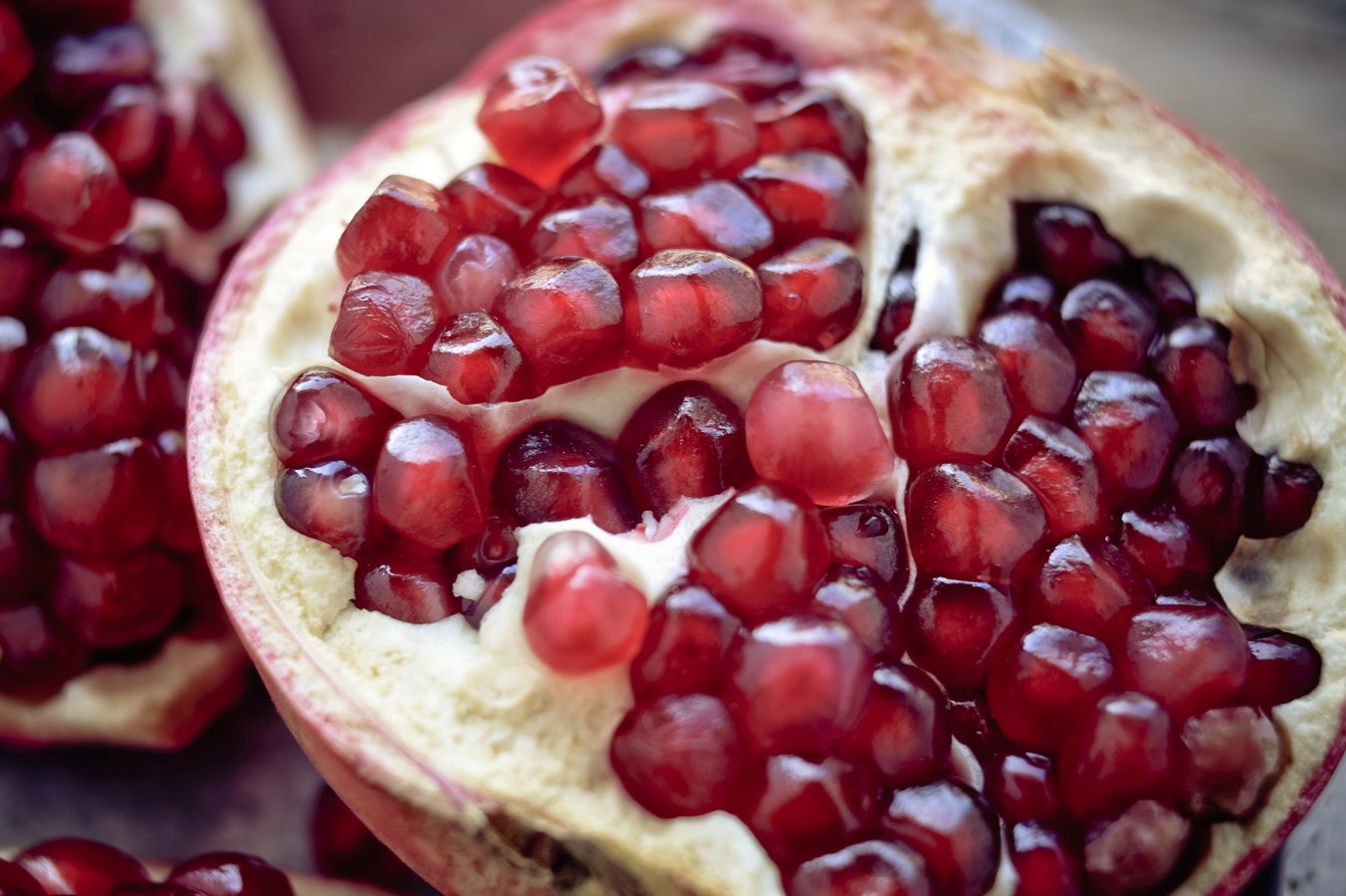
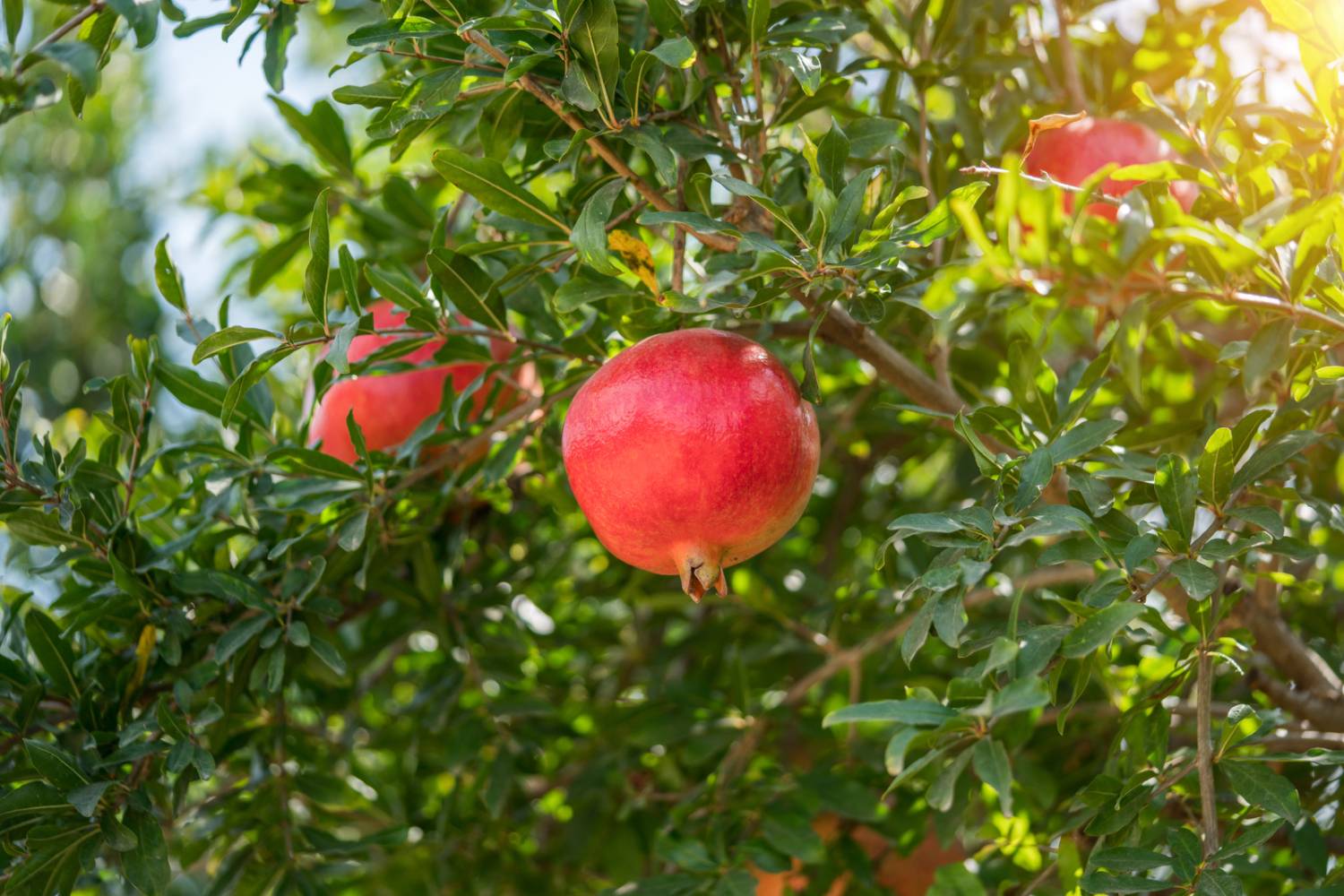
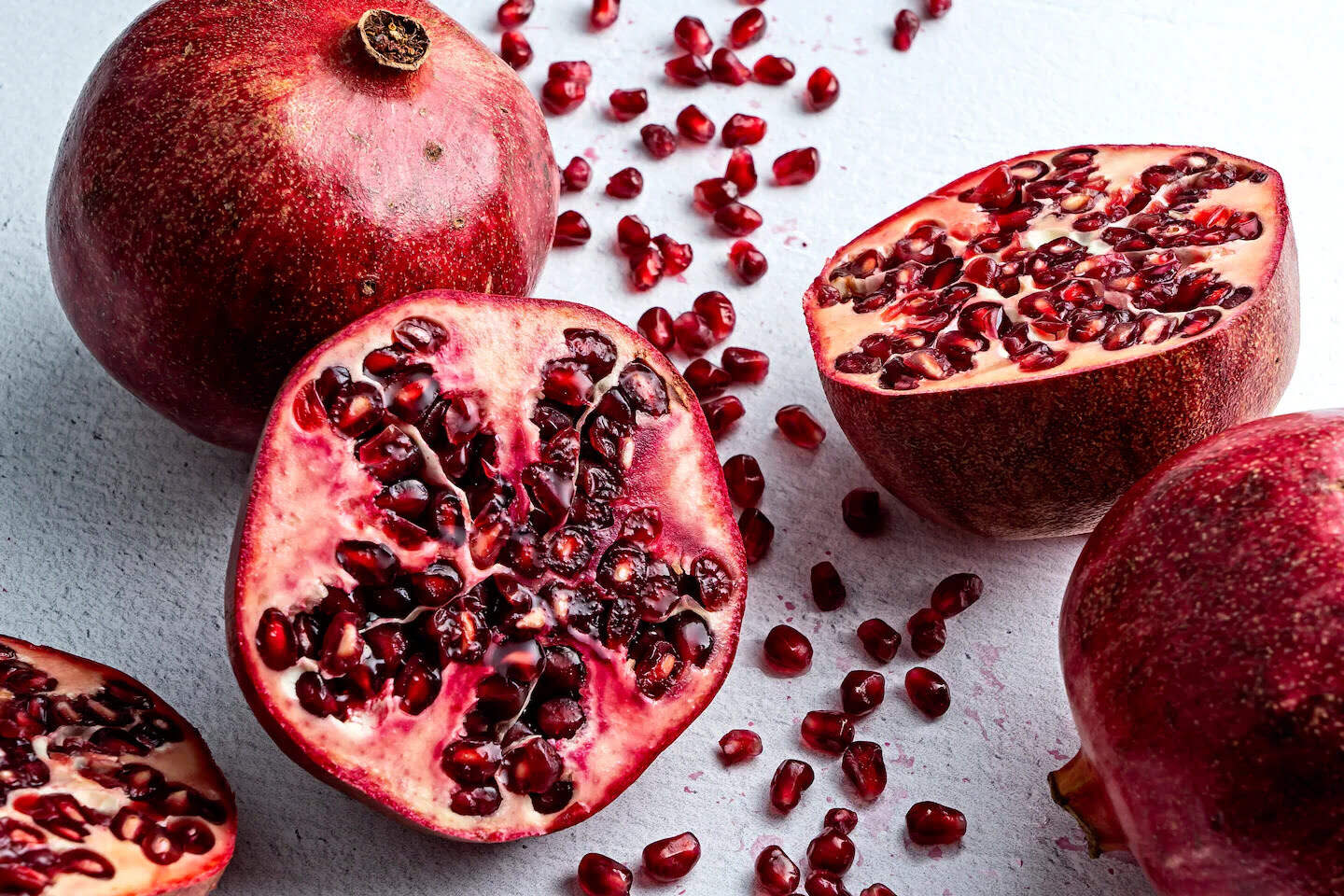
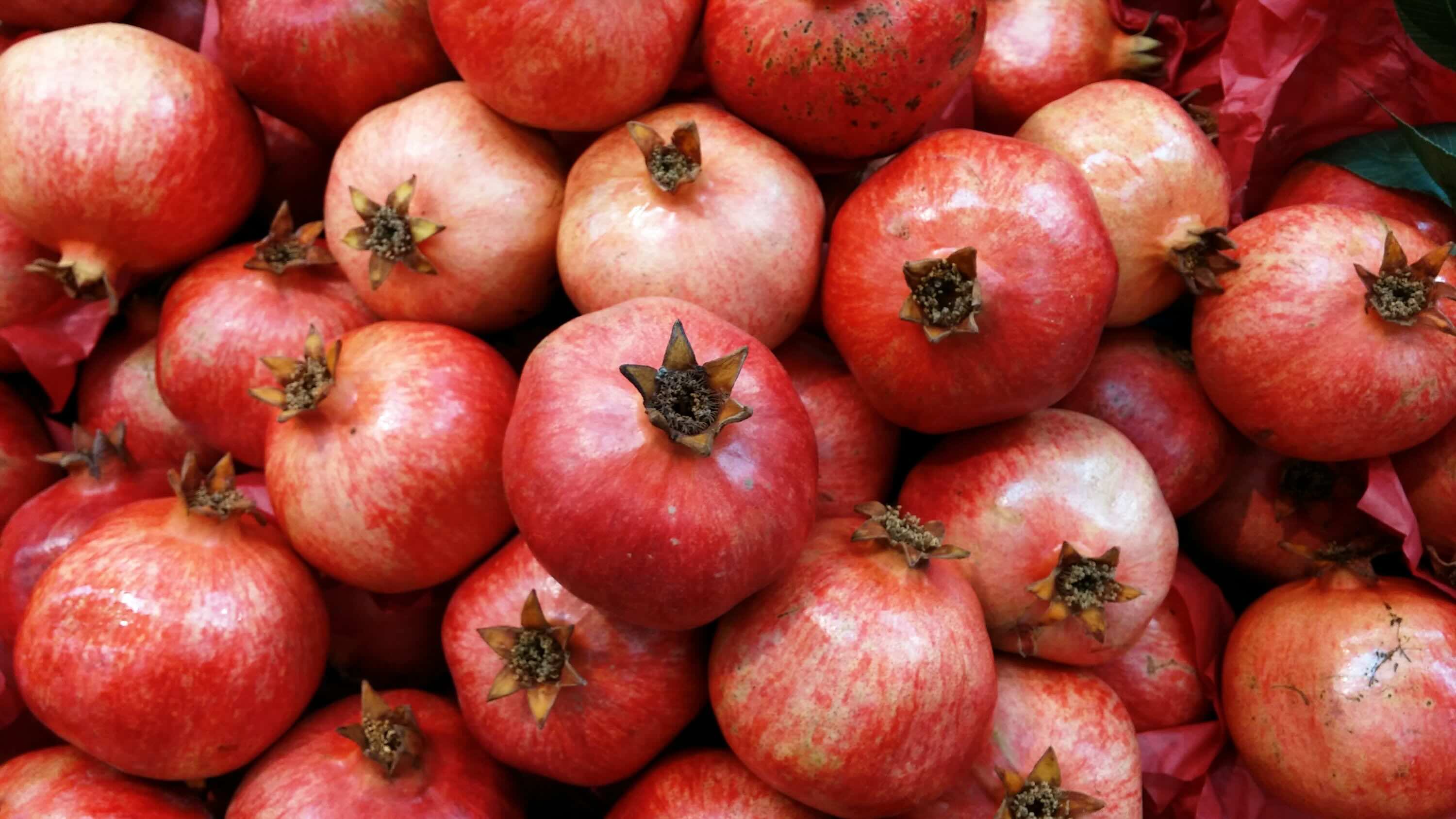
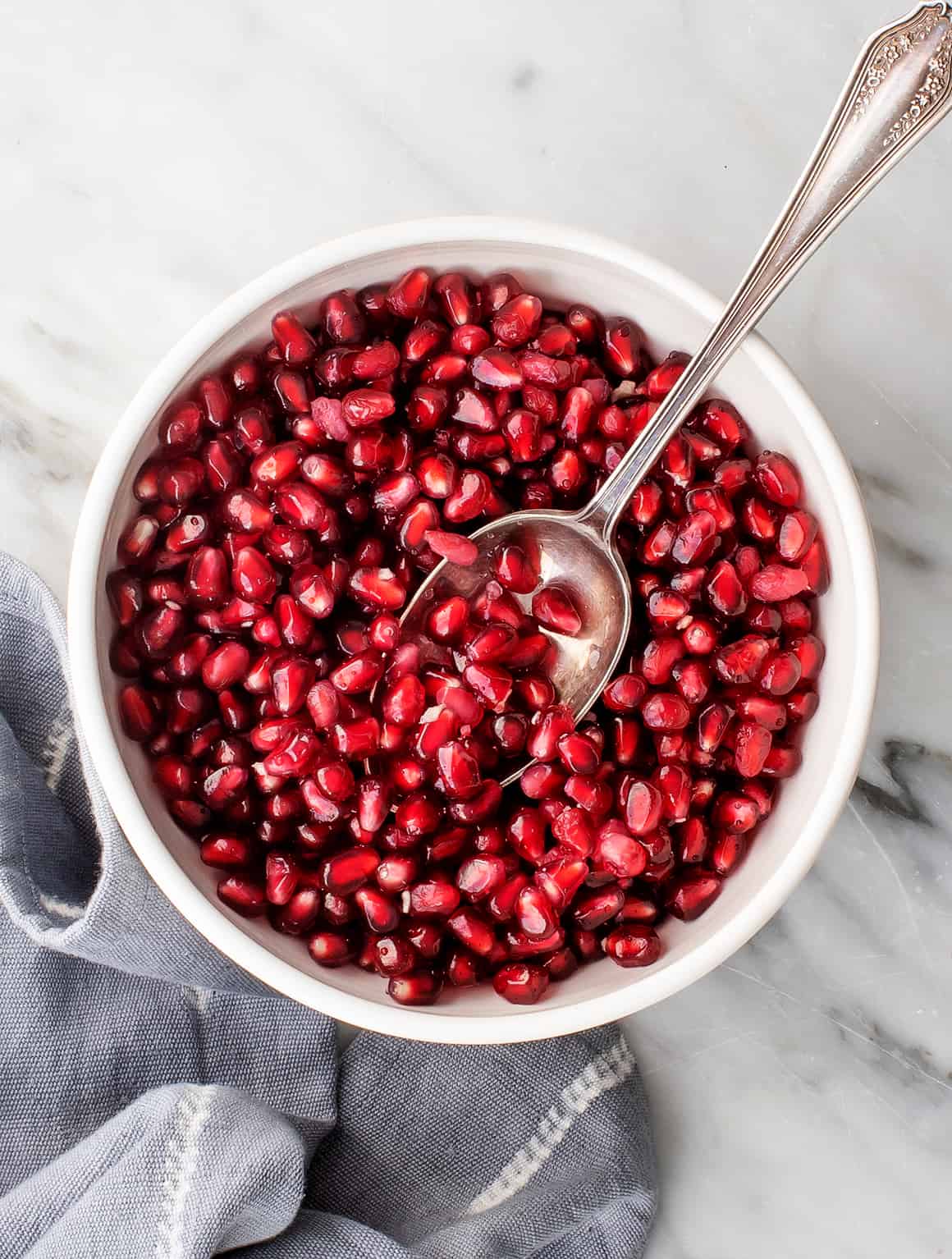
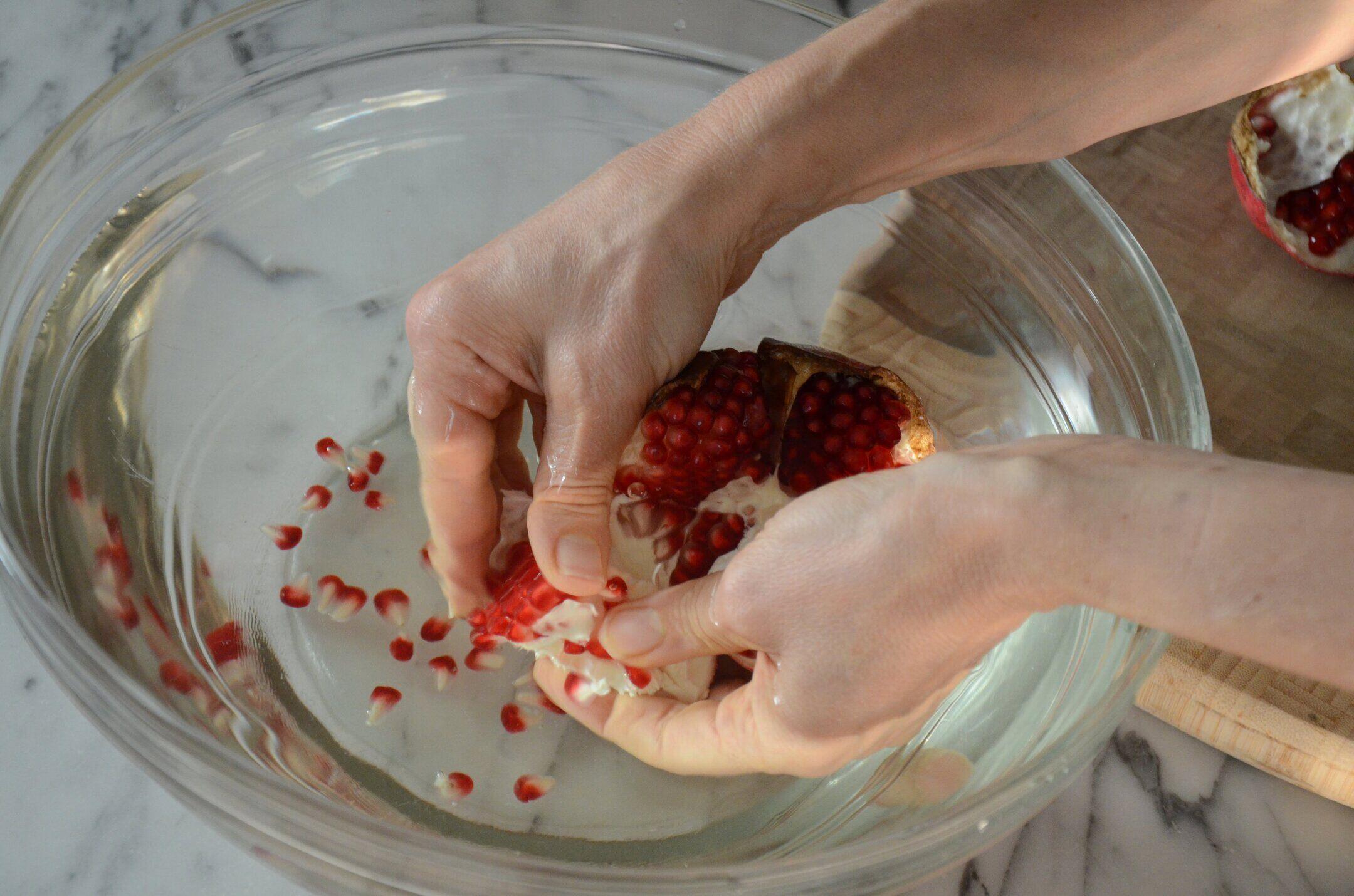

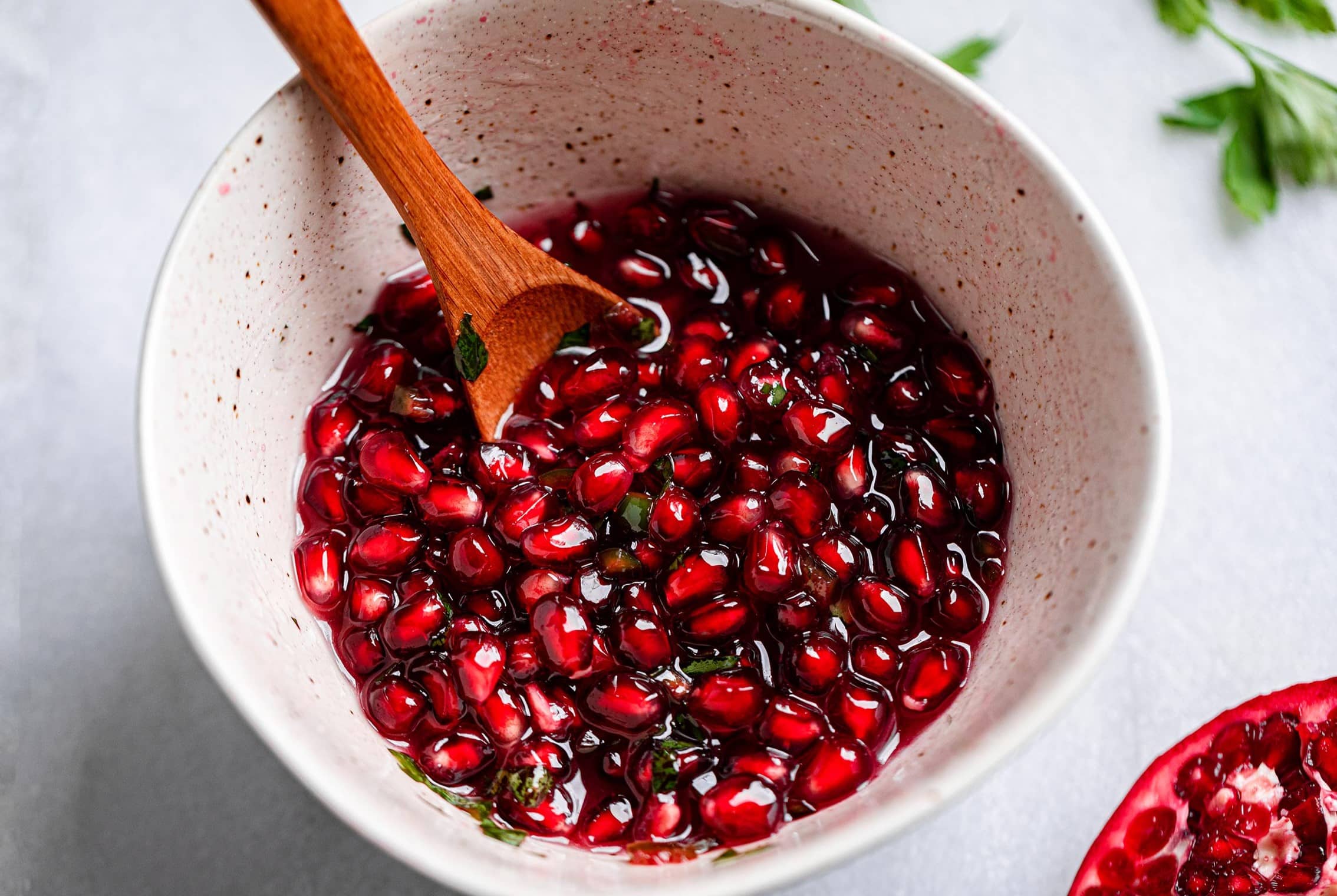
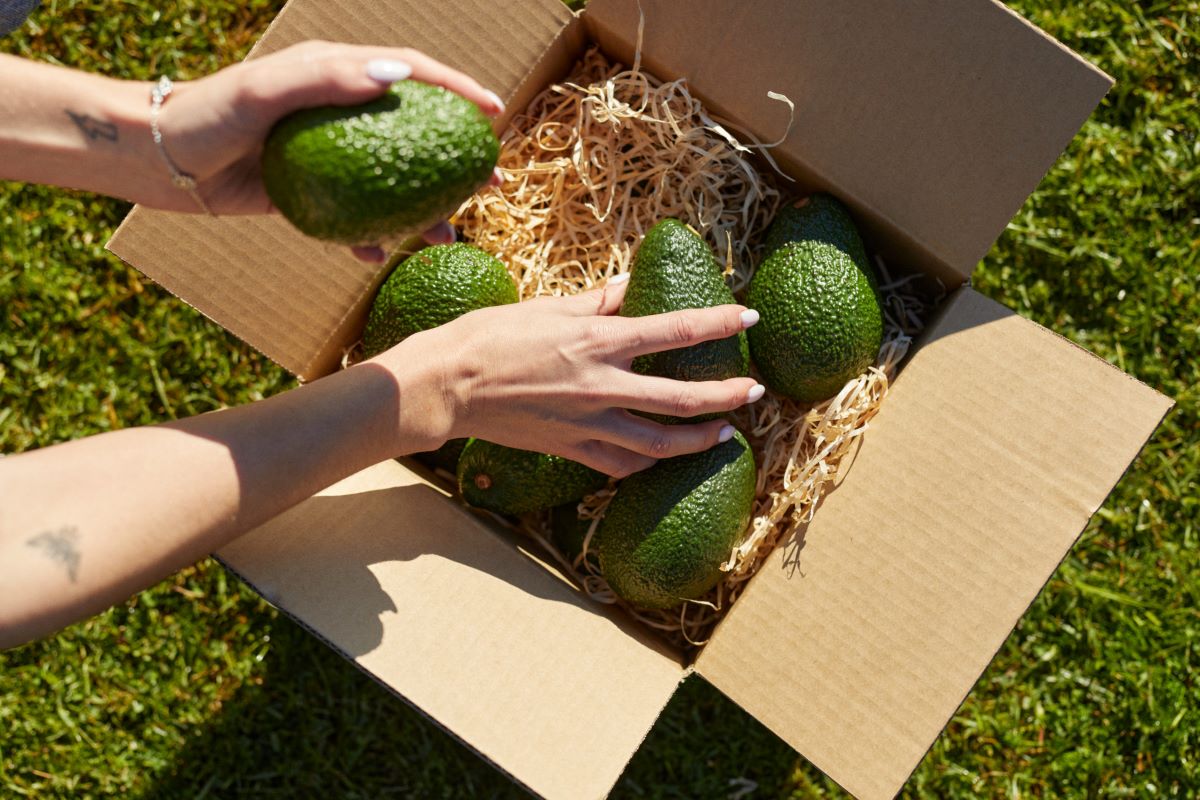
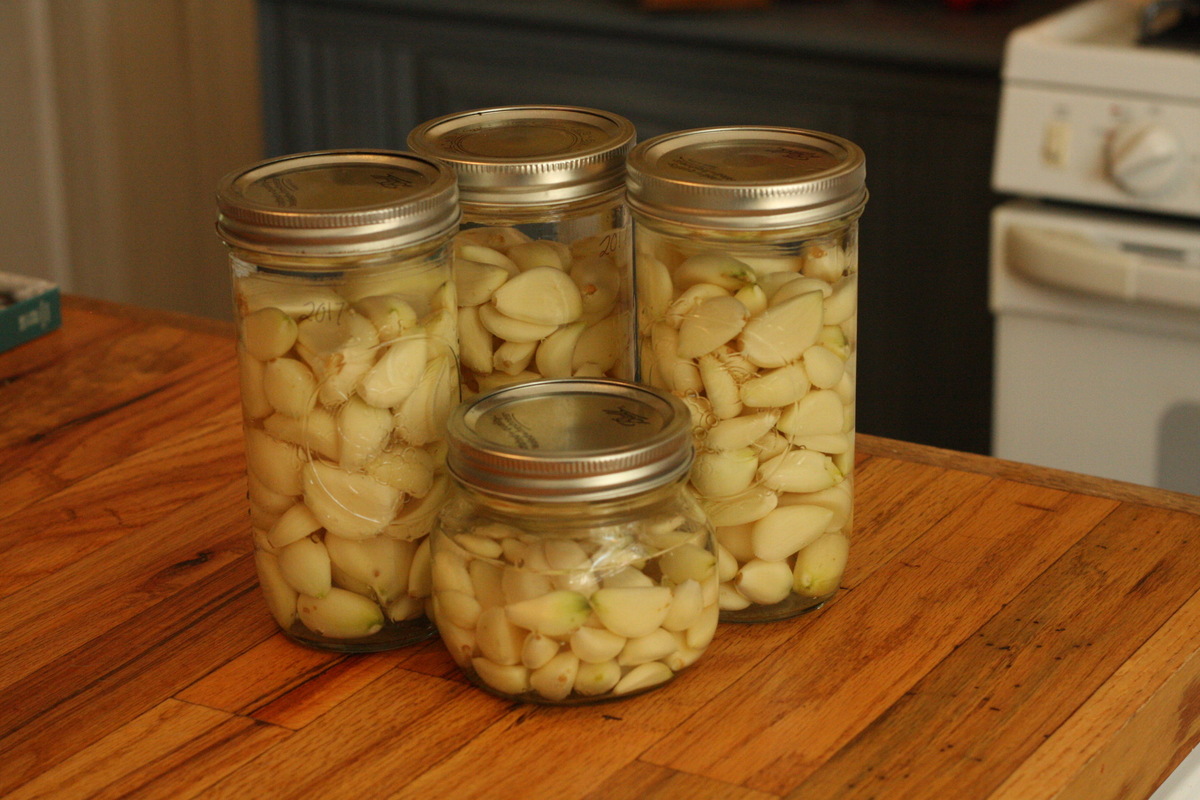




0 thoughts on “How To Store Pomegranate Seeds For Long Time”